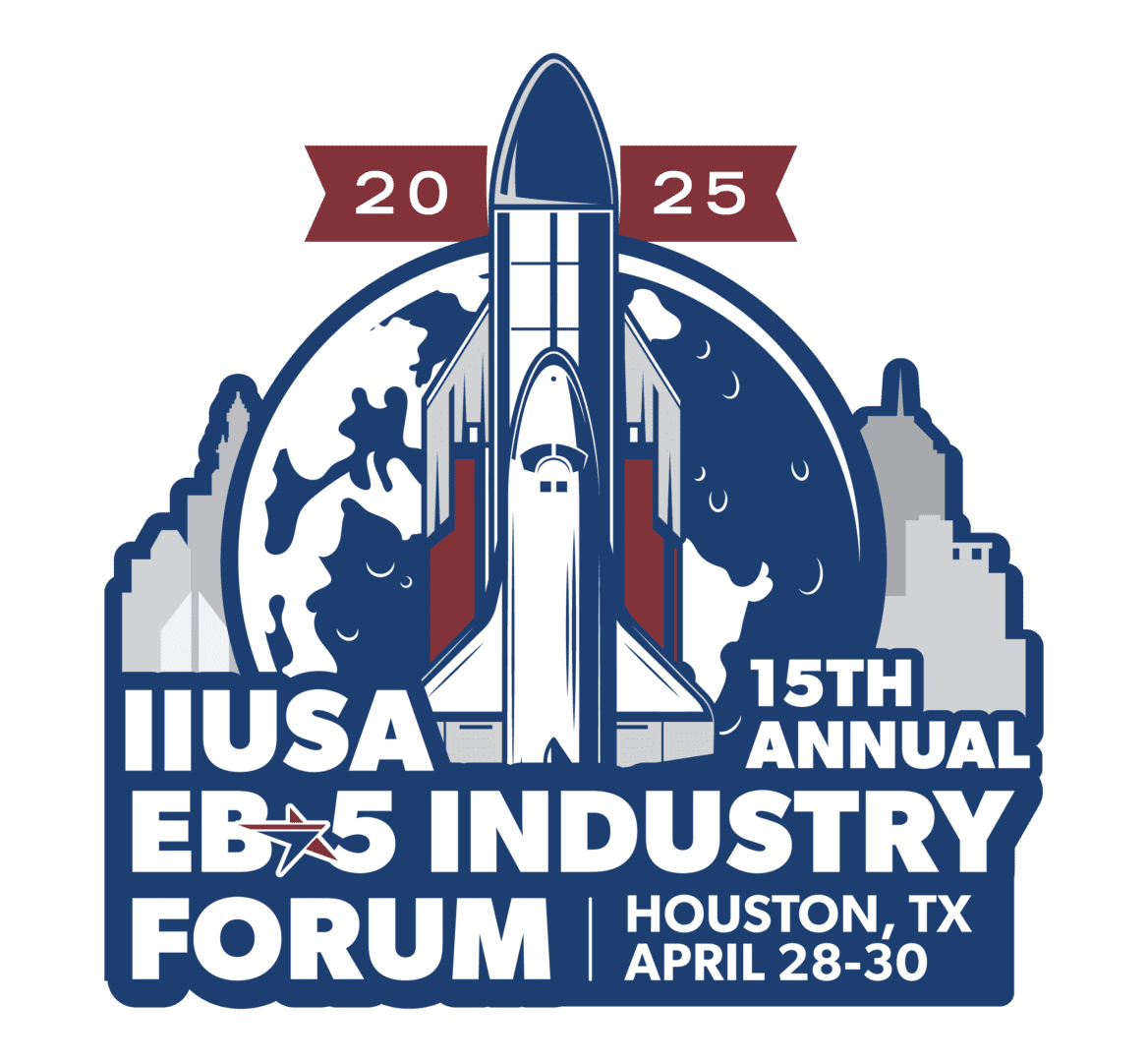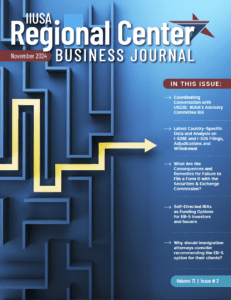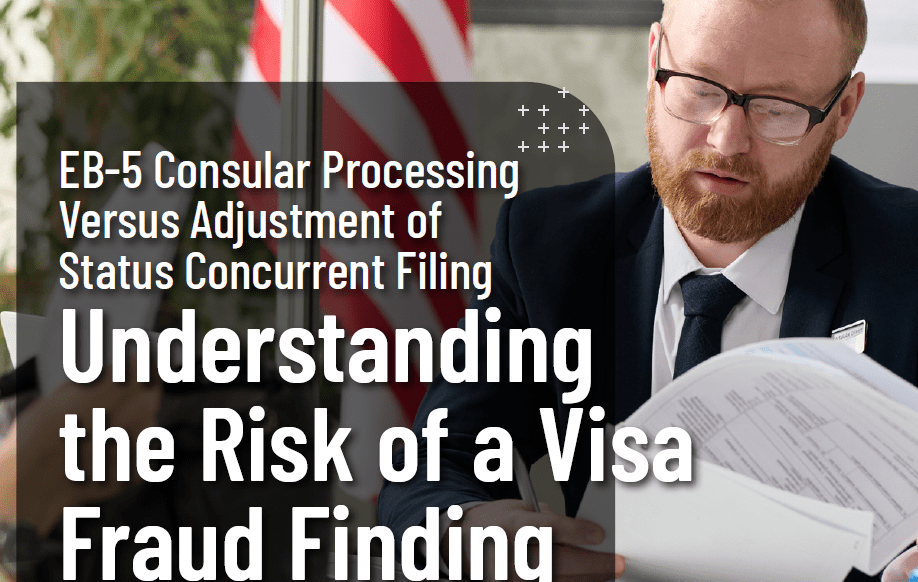By Joseph ‘Joey” Barnett, Partner WR Immigration
Originally published in the Q3/Q4 2023 edition of the IIUSA Regional Center Business Journal
The recent changes in EB-5 processing options that has created new opportunities for EB-5 investors bring to light immigration risks that can disrupt an immigrant’s future in the United States. In particular, entering on a nonimmigrant visa such a visitor’s visa, or even a student visa, with an intent to file an adjustment of status could lead to inadmissibility determinations under INA 212(a)(6)(C)(i) based on fraud or material misrepresentation finding. This article seeks to provide EB-5 stakeholders with insight on this complicated and opaque issue that is often overlooked by EB-5 promoters and is manifestly fact-dependent on each immigrant investor’s circumstances.
Concurrent Filing Option
One of the biggest game-changing provisions in the EB-5 Reform and Integrity Act of 2022 is the ability of an EB-5 immigrant investor to file a Form I-485 Application for Adjustment of Status before the initial EB-5 petition (Form I-526) is approved, provided a visa is “available”. For new investors, this means a Form I-485 can be filed concurrently (at the same time) as the Form I-526. For existing investors, this means a Form I-485 can be filed before the pending Form I-526 is approved.
Included with a Form I-485 adjustment application are applications for work authorization (Form I-765) and for advance parole (Form I-131) that allow the applicant to travel internationally during the time the Form I-485 is pending. The ability to remain in the U.S., and lawfully work upon receipt of the EAD card, and have children attend public school, during the time in which the EB-5 petition is pending, is appealing.
In contrast, for those outside the United States, the path to a green card is through consular processing and admission on an immigrant visa, which can only occur after U.S. Citizenship and Immigration Services (USCIS) approves the initial EB-5 petition. Although EB-5 processing times are improving, the prospect of waiting outside the U.S. for an unknown amount of time after making such a substantial investment is a burden for some.
Prospective investors are inquiring on options to fast-track their lawful presence in the United States. Questions come up from visitors, students, temporary workers, as well as those on E treaty investor/trader visa, and O-1 extraordinary ability workers, as well as TN visas for Canadians and Mexicans, and others. All of these visas must meet the nonimmigrant intent requirement. Note, certain categories of nonimmigrant cannot apply to adjust under the concurrent filing rules including, visa waiver entrants, crewmen, J-1 visa holders that are subject to the two-year home residence rule, and others. H and L visas allow dual intent so there is no issue when H or L nonimmigrants file concurrent adjustment applications immediately after entry.








